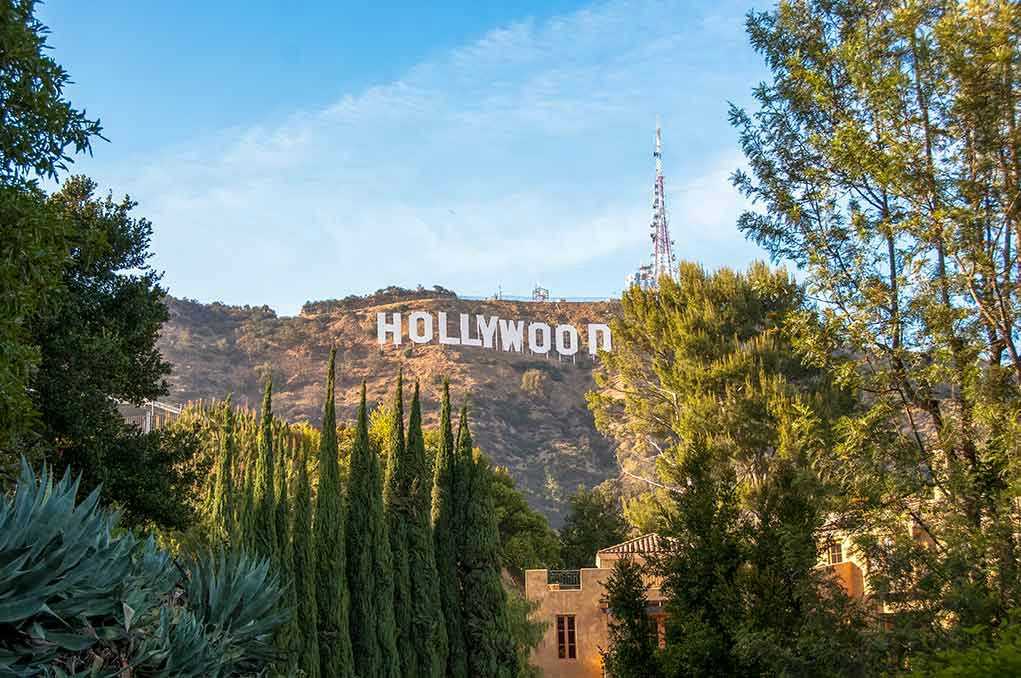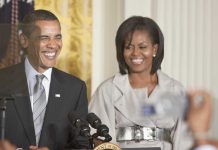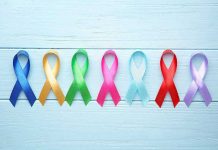
Rachael Ray’s fans are sounding the alarm about her well-being, igniting a nationwide debate over Hollywood’s impossible beauty standards and the price of public scrutiny in 2025.
At a Glance
- Rachael Ray’s recent public appearances have sparked fan concern and renewed focus on unrealistic celebrity beauty standards.
- Hollywood and media industries continue to enforce narrow ideals, pressuring female celebrities and fueling public commentary.
- Social media both amplifies harmful judgment and drives the push for body positivity and authenticity.
- Experts warn that these beauty standards inflict real mental health and economic costs on society, especially for women and girls.
Fans Sound the Alarm Over Rachael Ray’s Well-Being
Rachael Ray’s fans aren’t mincing words—many are urging a “temperature check” on the beloved chef after what some call “concerning” behavior and appearance during her most recent TV spots. The groundswell of commentary exploded after a New York Post social media post, with supporters and critics alike weighing in on Ray’s looks, health, and even her worthiness according to Hollywood’s ever-moving goalposts. One TV insider told The Post, “People have been concerned about her for the past couple of years. People are judging her based off of what a standard of beauty is. She’s not that girl.”
Rachael Ray’s fans calls for temperature check on celeb chef after ‘concerning’ behavior https://t.co/FEv96xUl5D pic.twitter.com/eUyHna13Rc
— New York Post (@nypost) July 26, 2025
This isn’t the first time fans have sounded off about a celebrity’s changing appearance, but in this era of hyper-surveillance and social media, even the smallest change can trigger a firestorm. What’s really on trial here? It’s not Ray’s cooking chops—or even her health. It’s the merciless and frankly outdated beauty standards that Hollywood and its media acolytes push on every woman in the public eye, no matter her age, talent, or accomplishments.
Hollywood’s Beauty Standard: A Rigged Game No One Wins
Hollywood’s beauty standards have always been a rigged game, but the rules are even more punishing for women past a certain age. The industry’s ideals—youth, thinness, Eurocentric features—have barely budged, even as calls for body positivity and authenticity have grown louder. Social media only throws gasoline on the fire, amplifying every unflattering screenshot and fueling both admiration and viciousness in equal measure. Digital editing, reality TV, and cosmetic procedures have blurred the line between what’s real and what’s “attainable,” setting the bar impossibly high for celebrities and regular people alike.
Women like Demi Moore and Khloe Kardashian have become lightning rods for these debates, facing relentless commentary about their looks, aging, and supposed “failings” to live up to the fantasy. Ray’s recent experience is just the latest example of how the entertainment machine chews up women who don’t fit the mold, no matter how successful or loved they may be.[2][3][4]
Social Media: A Double-Edged Sword in the Battle Over Beauty
Social media is both weapon and shield in the battle over beauty standards. On one hand, platforms like Twitter and Instagram can turn a celebrity’s bad day or new look into trending fodder for armchair critics nationwide. On the other, the same platforms have given rise to #BodyPositivity and #NoFilter movements, empowering women to push back against the relentless pressure to look perfect. Some brands and influencers are taking up the call, championing authenticity and diversity in their marketing. But for every step forward, backlash and old-school judgment persist, showing just how deep these standards are embedded in our culture.[3]
Even as some celebrities fight back—speaking openly about the psychological toll of constant scrutiny—many face institutional pressure to stay silent or conform. The power dynamics are clear: media outlets and industry insiders still shape the narrative, but the public, now armed with social media megaphones, can sway reputations and trends overnight. It’s a tug-of-war that shows no signs of ending soon.
The Real Cost: Mental Health, Lost Productivity, and a Culture of Insecurity
The price of these toxic beauty standards isn’t just paid by celebrities—it’s paid by all of us. Academic studies and industry reports warn that relentless public scrutiny leads to anxiety, depression, body dysmorphia, and eating disorders, especially among young women and girls. The beauty industry may rake in profits selling insecurity, but Harvard research now estimates the economic cost of unrealistic standards at a jaw-dropping $800 billion a year in the United States alone, thanks to health and productivity losses.[1][3]
Despite increased advocacy and awareness, the entertainment and fashion industries have been slow to embrace real diversity in beauty. Social media may yet prove to be a force for genuine change—if enough people demand it. Until then, expect more stories like Rachael Ray’s, more public hand-wringing over “concerning” appearances, and more women paying the price for a system that refuses to update its playbook.
Sources:
McGill Daily: The Impossibility of Hollywood’s Beauty Standards
Elite Learning: Understanding the Influence of Social Media on Beauty Standards
Cardinal Points: Reality TV Glorifies Fame, Beauty Standards

















